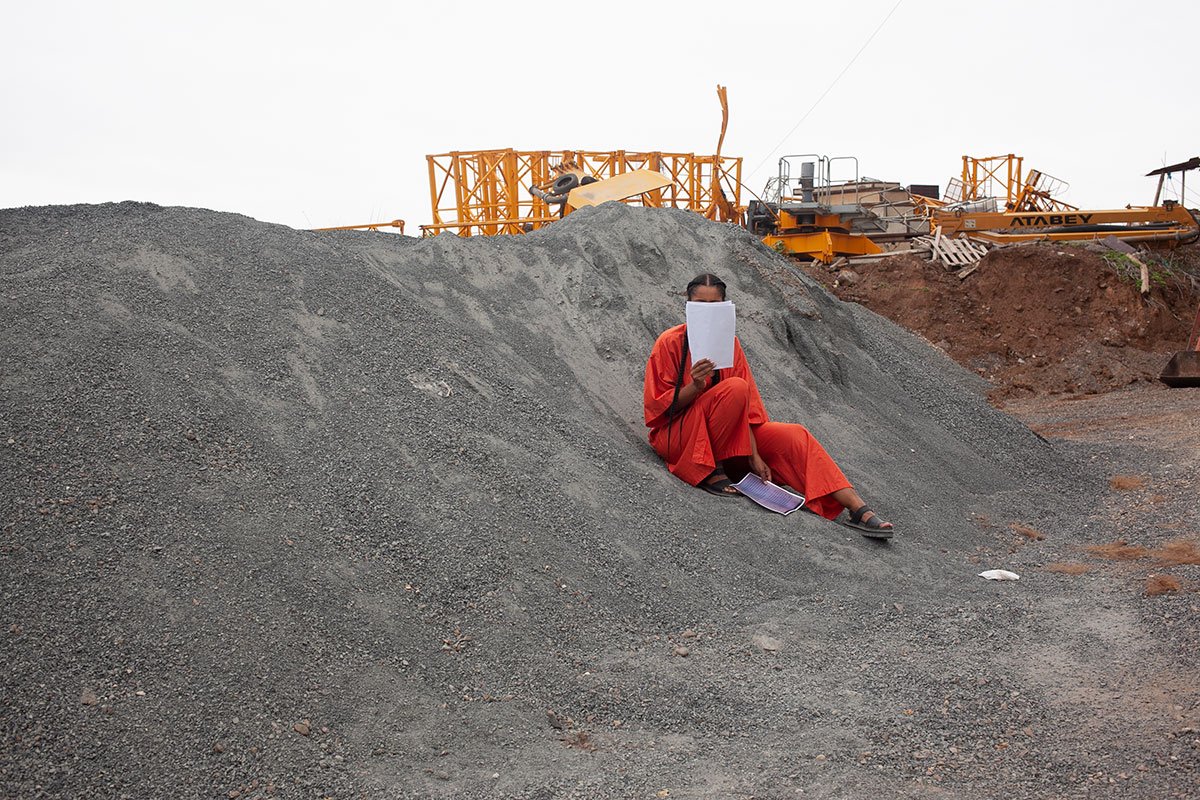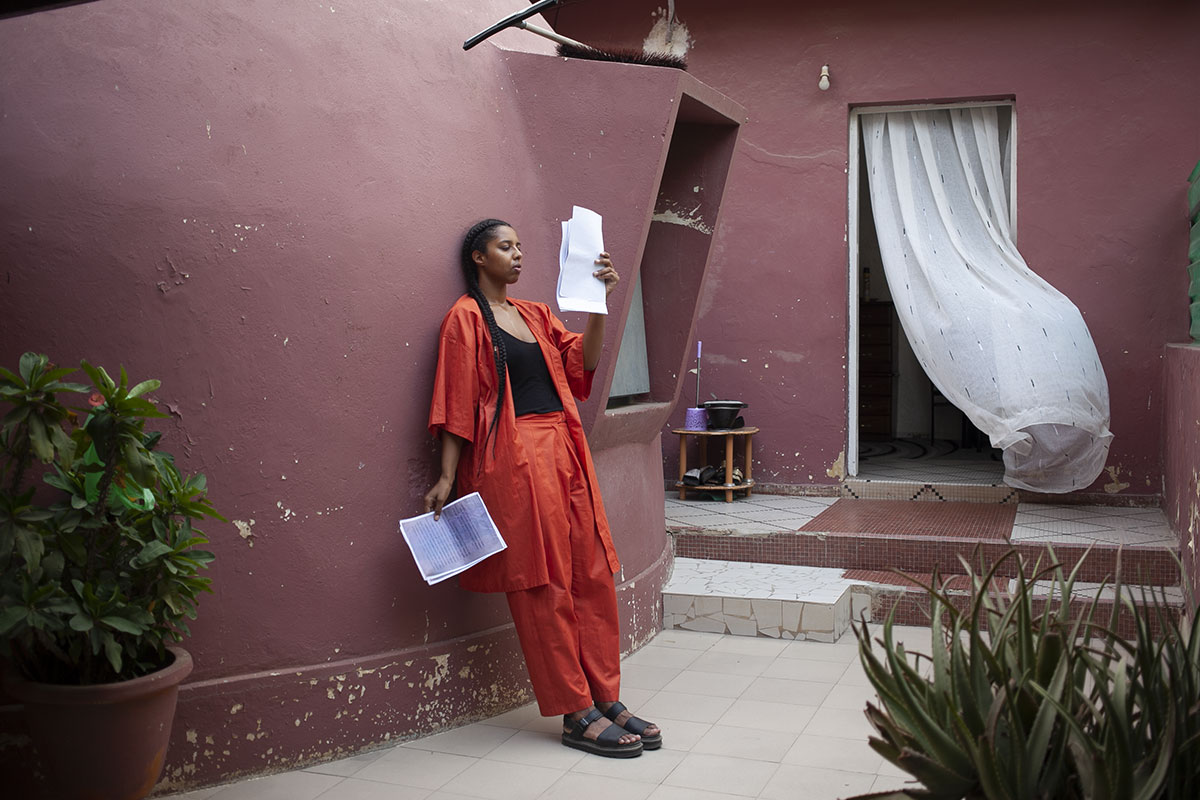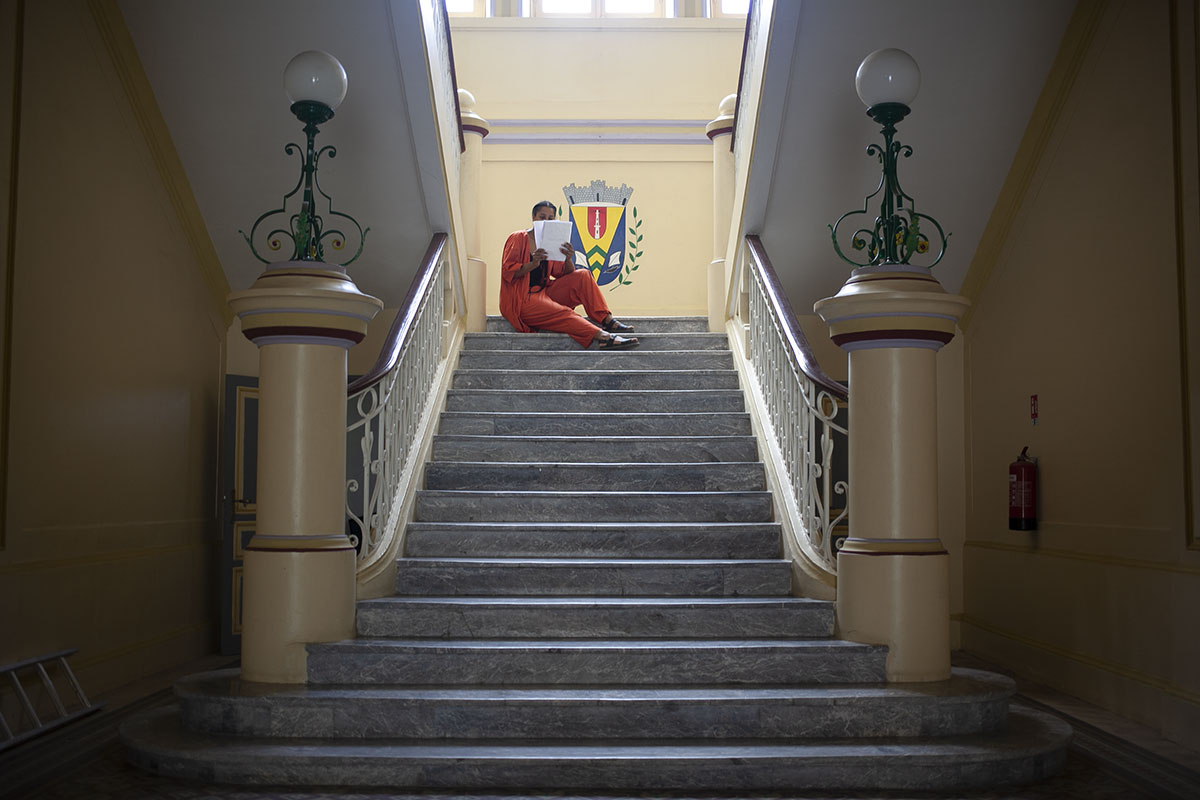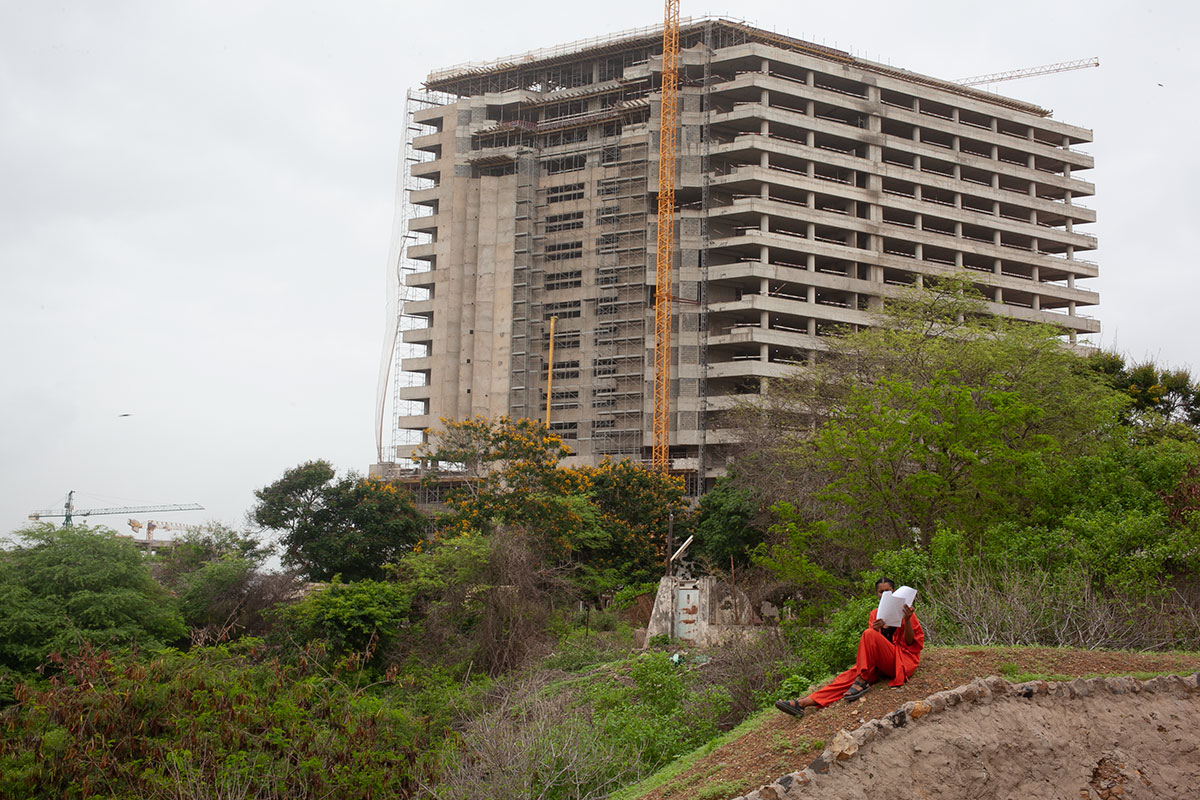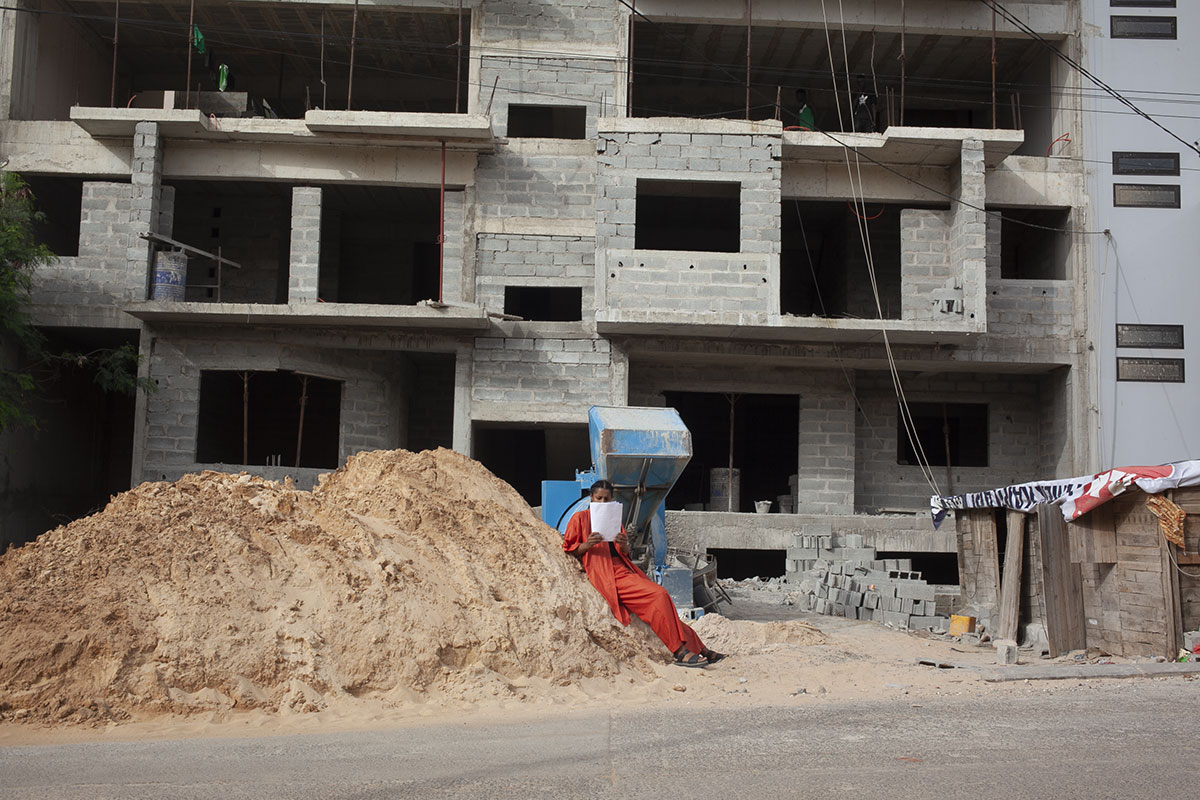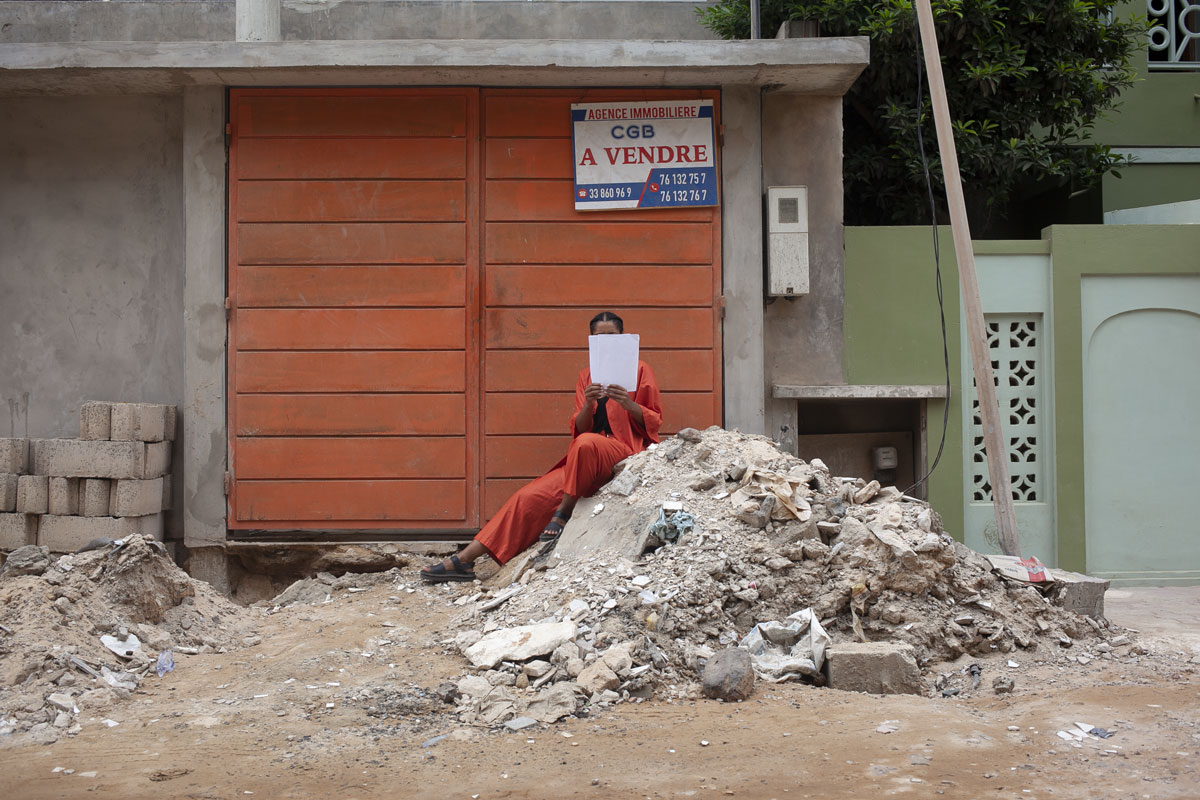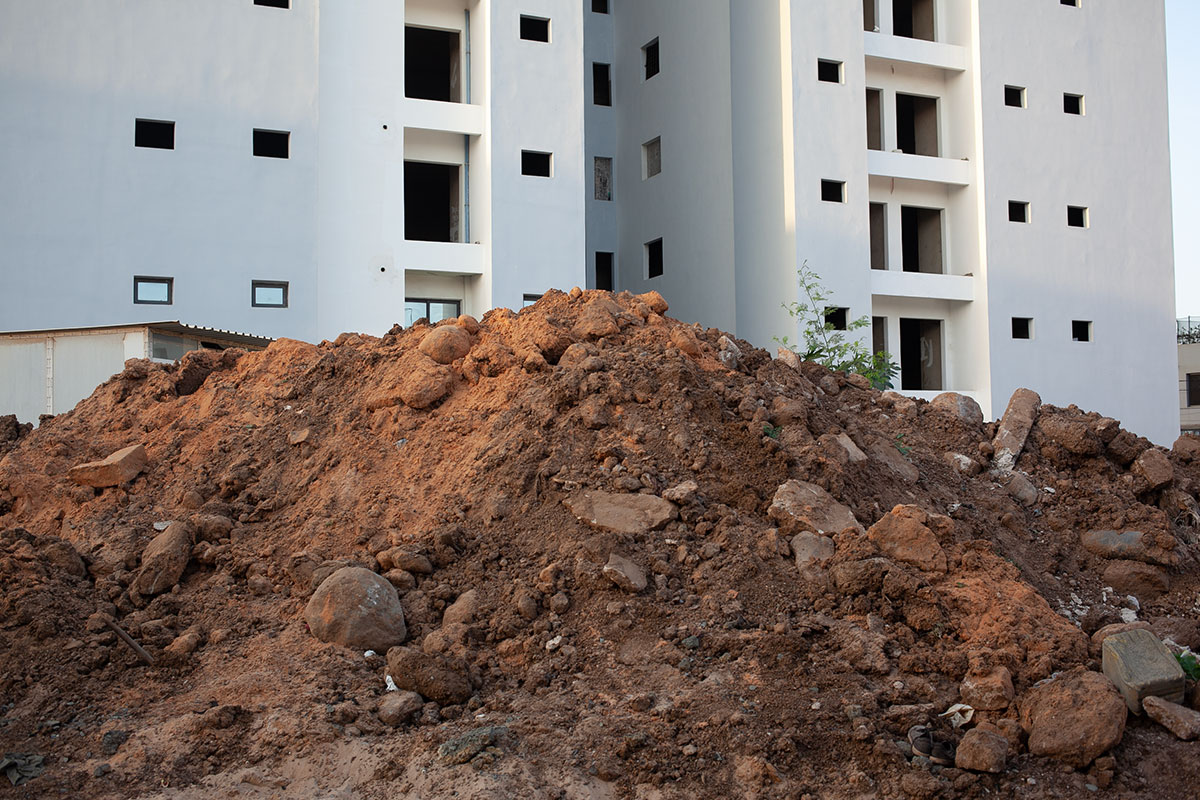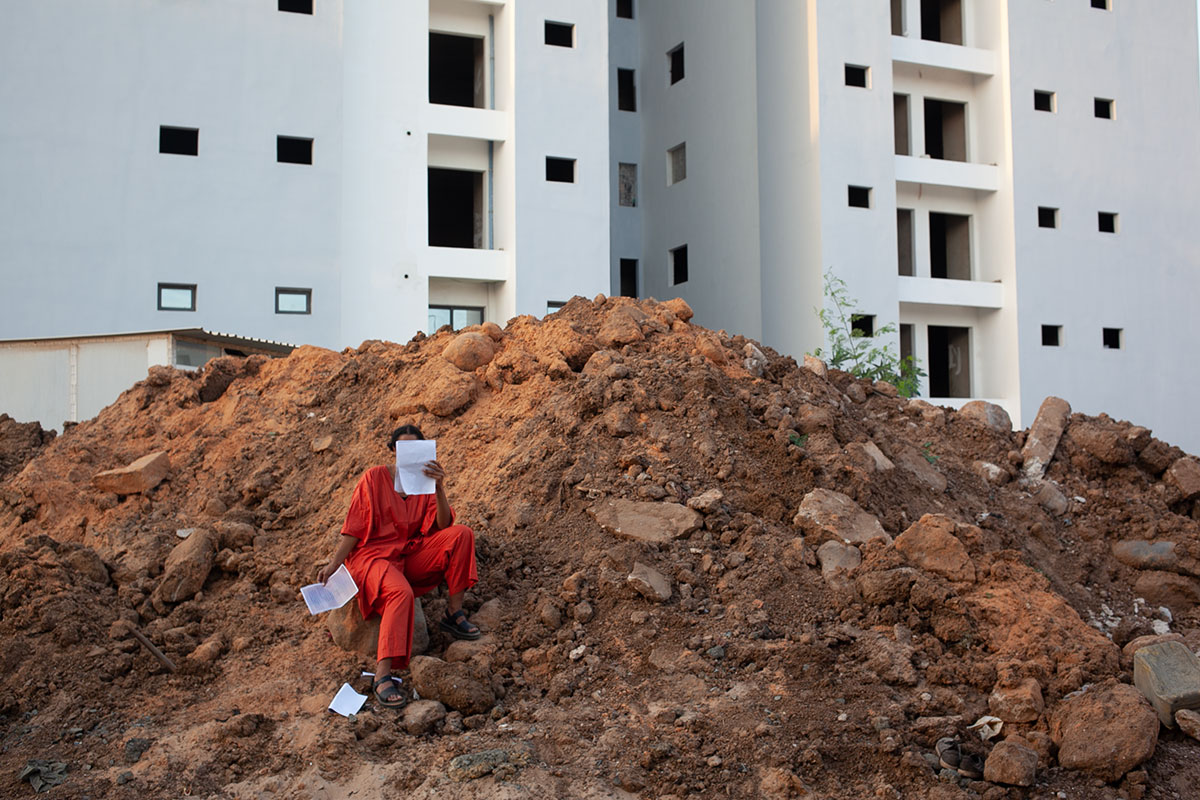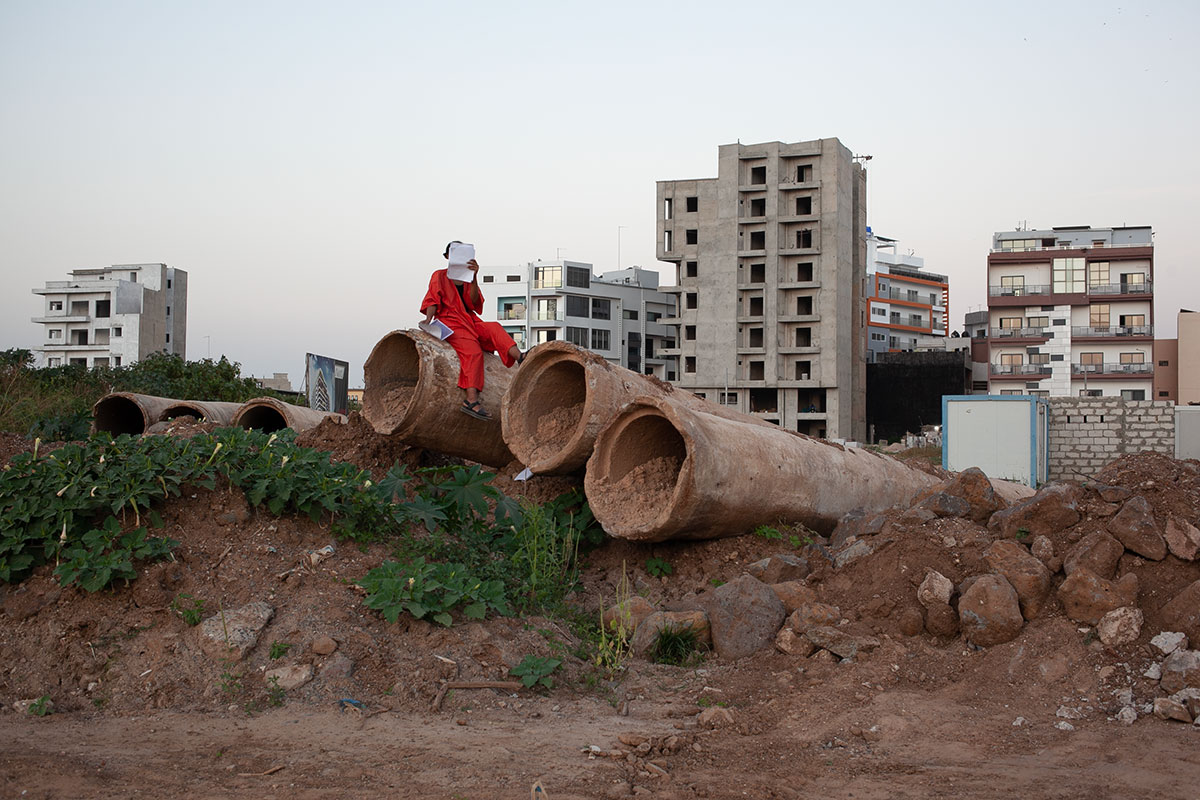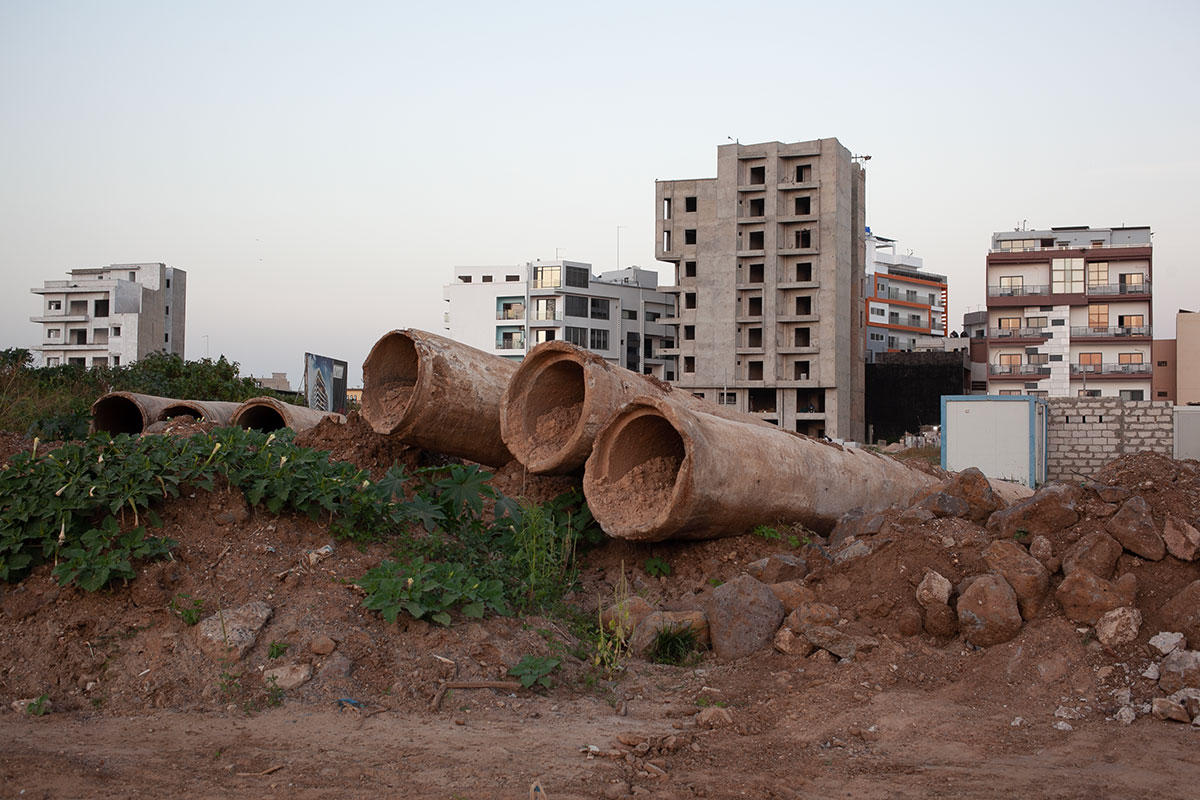PHOTO: Adji Dieye-Aphasia
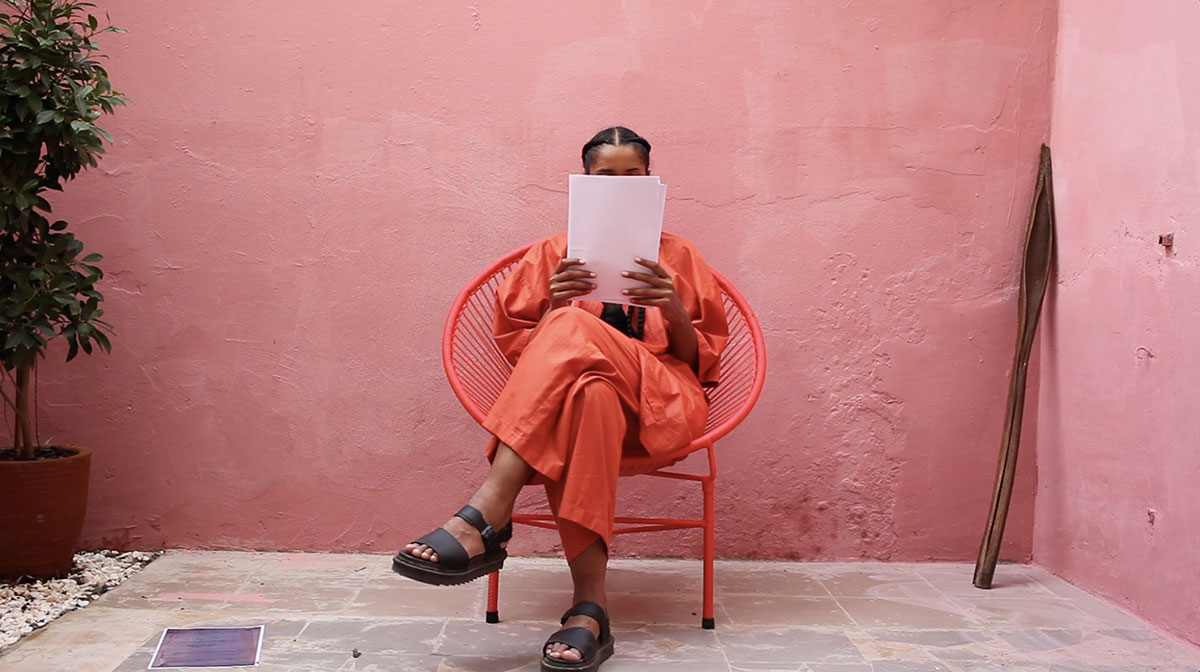 The practice of Adji Dieye is dedicated to the themes of postcolonialism and nation-building. Her research focuses on the economy of representation and particularly on the construction of national representations in West African countries following independence. Through her projects, Adji Dieye addresses visual representation and the commodification of identity while critiquing cultural norms and stereotypical roles. Dieye deconstructs the way in which societal representation in the public sphere influences the individual’s imagination and the general perception we have of ourselves.
The practice of Adji Dieye is dedicated to the themes of postcolonialism and nation-building. Her research focuses on the economy of representation and particularly on the construction of national representations in West African countries following independence. Through her projects, Adji Dieye addresses visual representation and the commodification of identity while critiquing cultural norms and stereotypical roles. Dieye deconstructs the way in which societal representation in the public sphere influences the individual’s imagination and the general perception we have of ourselves.
By Dimitris Lempesis
Photo: Fotomuseum Winterthur Archive
At the centre of Adji Dieye’s solo exhibition is the video-based work “Aphasia” (2022), newly produced especially for Fotomuseum Winterthur during an artist residency of several months in Dakar. The work allows Afro-diasporic communities and Black identities to express themselves as living archives by giving them agency and a voice. The loss of language is the conceptual starting point of the cross-disciplinary work Aphasia, which uses the interplay of photography, video and performance to unveil the contradictions of national knowledge production. The term ‘aphasia’ (deriving from the ancient Greek word αφασία for speechlessness) describes a cognitive language disorder in which individuals are often unable to remember or communicate words. In Dieye’s work, however, the term is appropriated and transferred into a cultural context through a speech-based performance in different public spaces in Dakar. We see the artist sitting on a rooftop, a stack of pipes or a huge mound of building sand, with buildings and construction sites in the background mostly wrapped in fabric or covered in scaffolding. Absentmindedly, she leafs through a manuscript, mumbling sentences in broken French –excerpts of presidential speeches, written in French, that have been delivered to the public since Senegal’s independence in 1960 and which Dieye has arduously researched in the National Archives of Senegal. In citing these addresses, the artist finds herself confronted with a certain speechlessness: she attempts to express herself in the official language imposed by a former colonial power that only parts of the population can actually understand in its institutional form. A seemingly neutral language, French continues to operate as a language of business, politics and education in Senegal – even after the country’s decolonisation –, holding on to the space on the country’s history shelves that it gained by gradually replacing vernacular tongues throughout the last century. As the urban settings of the video-based work continue to change, so does the sound of the artist’s voice, whose tone audibly changes several times until it is no longer the artist’s own voice reading the sentences out loud but rather multiple voices of friends and people with a similar background that Dieye added during post-production. In this way, “Aphasia” engages with the artist’s biographical background, making use of language as a polyphonic tool to uncover submerged Afro-diasporan and Senegalese voices while reimagining the country’s eclectic cultural identity since its independence in the 1960s. Aphasia therefore unearths larger cultural and political structures in Senegal’s ‘post’-colonial identity and the heterogeneous use of languages in the country. In doing so, the work also highlights the importance of oral storytelling as an alternative knowledge system while pointing to the gaps in institutional archives. Dieye’s artistic study of Dakar’s rapidly expanding urban environment also invites us to actively listen to the deeper truths and subjectivities of the diasporic and native community the artist is closely connected to because of her own background. Although Aphasia takes the loss of language as its conceptual starting point, it unfolds into a soundscape that gives agency and voice to both the Afro-diasporic community and the artist’s Senegalese kin, whom we see chanting, ultimately emerging as a polyphonic canon and therefore allowing Black identities and spiritualities to express themselves as living archives.
Photo: Adji Dieye, Aphasia (video still), 2022, © Adji Dieye, Courtesy the artist and Fotomuseum Winterthur
Info: Fotomuseum Winterthur, Grüzenstrasse 44 + 45, Winterthur, Switzerland, Duration: 25/2-29/5/2023, Days & Hours: Tue & Thu-Sun 11:00-18:00, Wed 11:00-20:00, www.fotomuseum.ch/
